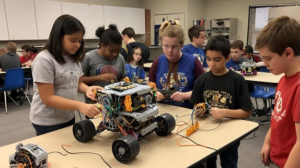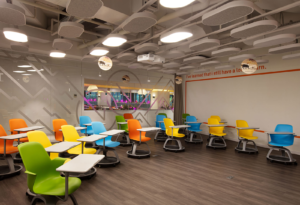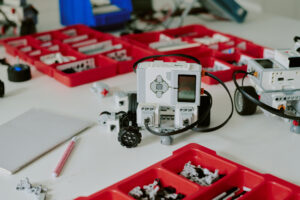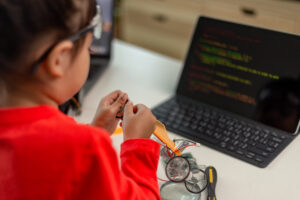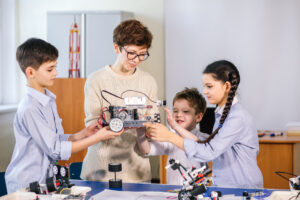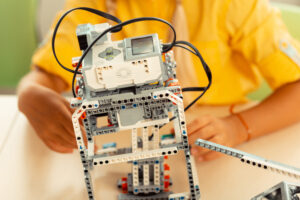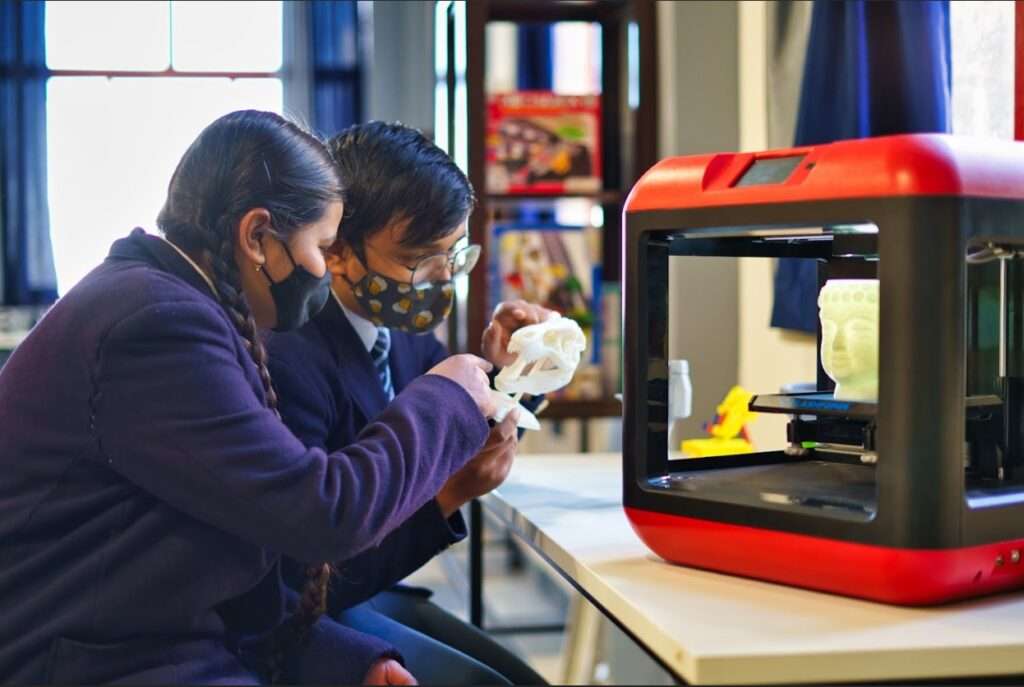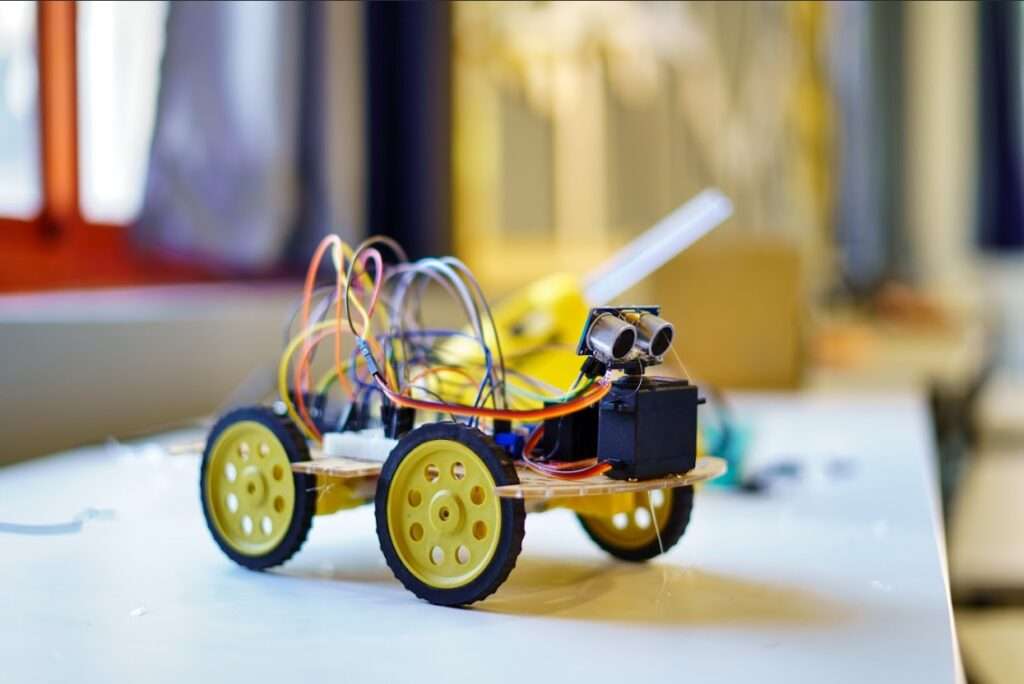Everyone today is talking about the STEM fields (which stands for Science, Technology, Engineering, and Mathematics), a cutting-edge method of teaching that prepares students with absolutely all the skills that they need in the 21st century. It empowers such things as critical thinking and creativity, making our students ready to be more dynamic in a rapidly changing world.
STEM education is no longer dependent on the school setting. It is, indeed, very different from other educational systems that promote interdisciplinary study combined with fieldwork. It gives the student an education that brings theoretical study into practical application and connects the gap between classroom instruction and its application in the real world. Schools are recognizing on a national and international scale the need for educating problem-solvers and innovators; thus, nurturing STEM education has changed the face of the future of learning itself.
This blog intends to understand STEM education, highlight its importance, illustrate its application in practical life, and argue reasons as to why this transformer should be adopted in schools to prepare students for the coming challenges. Let us examine the importance of STEM education in building careers and forming the next generation of leaders, thinkers, and innovators who will impact society today.
STEM Education Definition and Core Characteristics
At its simplest, STEM education is much more than a focus on just four subject areas or disciplines- —science, technology, engineering, and mathematics. It is actually a comprehensive, integrated learning framework for encouraging students to think critically, solve complex problems, and innovate creatively. Unlike traditional subjects taught in isolation, STEM education combines these fields to create a cohesive and interdisciplinary approach. STEM education emphasizes practical experience and real-world applications. By involving students in projects, experiments, and coding exercises, it ensures that learning is engaging and powerful. This not only enhances understanding but also builds confidence and flexibility in students.

STEM Education’s Translation for Everyday Life Problems
The strength and promise of STEM education lie in preparing students to respond to real-world challenges. A few examples of how the principles of STEM would virtually apply to everyday lives:
Technological Innovations: The artificial intelligence, robotics, and data science projects stimulate students and teach them the necessary technical building blocks to innovate in this field, for instance, on how to design an algorithm or build a smart device – these are, so to speak, areas where STEM principles spur real-life change.
Environmental Sustainability: The concepts of STEM help solve the environmental issues of changing and depleting resources. They learn methods and engineering techniques to develop solutions such as renewables, waste treatment, and conservation.
Advances in healthcare: Medical robotics and diagnostic software depend largely on innovations done based on STEM. With this kind of education, students have a considerable base in bioengineering, computational biology, and pharmaceutical sciences for future discoveries.
Everyday Engineering: Design bridges, build eco-friendly homes, or develop urban infrastructure – engineering really prepares them for fulfilling contributions to the ever-changing, practical engineering demands of society.
If they can show application using these real-life examples, schools would not have to struggle to persuade students to consider the myriad fields of STEM professions but would allow them to appreciate the very real effects of learning.
Why Schools Need to Invest in STEM Education
It is no longer a ‘maybe’ that STEM education should find space in the curriculum of schools; it is now a necessity. Here are reasons why:
Preparation for the Future: ATPs evolve from one stage to another, and the world demand for STEM specialists keeps rising. Offering STEM education assures school institutions that their students will be competitive with those who emerge with the so-called emerging fields such as artificial intelligence, space exploration, and biotechnology.
Problem-Solving Skills Enhancement: STEM challenges students to develop critical thinking approaches and view problems through different perspectives, and in the end, develop their creativity and innovation.
Increased Academic Performance: Several studies have indicated that hands-on learning approaches exist in STEM subjects, which leads to increased retention, understanding, and subsequent performance.
Keeping Up with Global Trends: STEM reflects global education priorities; therefore, students will gain an education towards achieving skills relevant globally

The Importance of STEM Education in Promoting Innovation
Creatively meeting realities facilitates what you will find in the hallmark of STEM education within environments wherein innovation abounds. STEM teaches that experimentation and risk-taking are important attitudes towards developing any of the pioneering ideas. Whether in terms of creating sustainable technologies or designing cutting-edge software, students are taught to push boundaries and make ideas happen. Aside from that, STEM education also addresses teamwork and collaboration among students, giving them the preparatory skills for today’s workplace. Robotics competitions and engineering design challenges, for example, are group activities that will eventually teach them how to communicate properly, collaborate, and appreciate different perspectives.
Make STEM Education a Priority Today: Final Words
STEM education transforms the students’ attitude of making leaders, innovators, and adaptable people in a changing world with speedy strides. Schools can use STEM education to encourage students to unlock their potential, raise problem-solving skills, and inspire future leaders who tackle global problems. Do not let your school lag in this age of technology; catch up with this new trend in STEM education; your country needs it. Are you ready to build a STEM lab at your school? Connect with Maker’s Muse and make your work easy!



